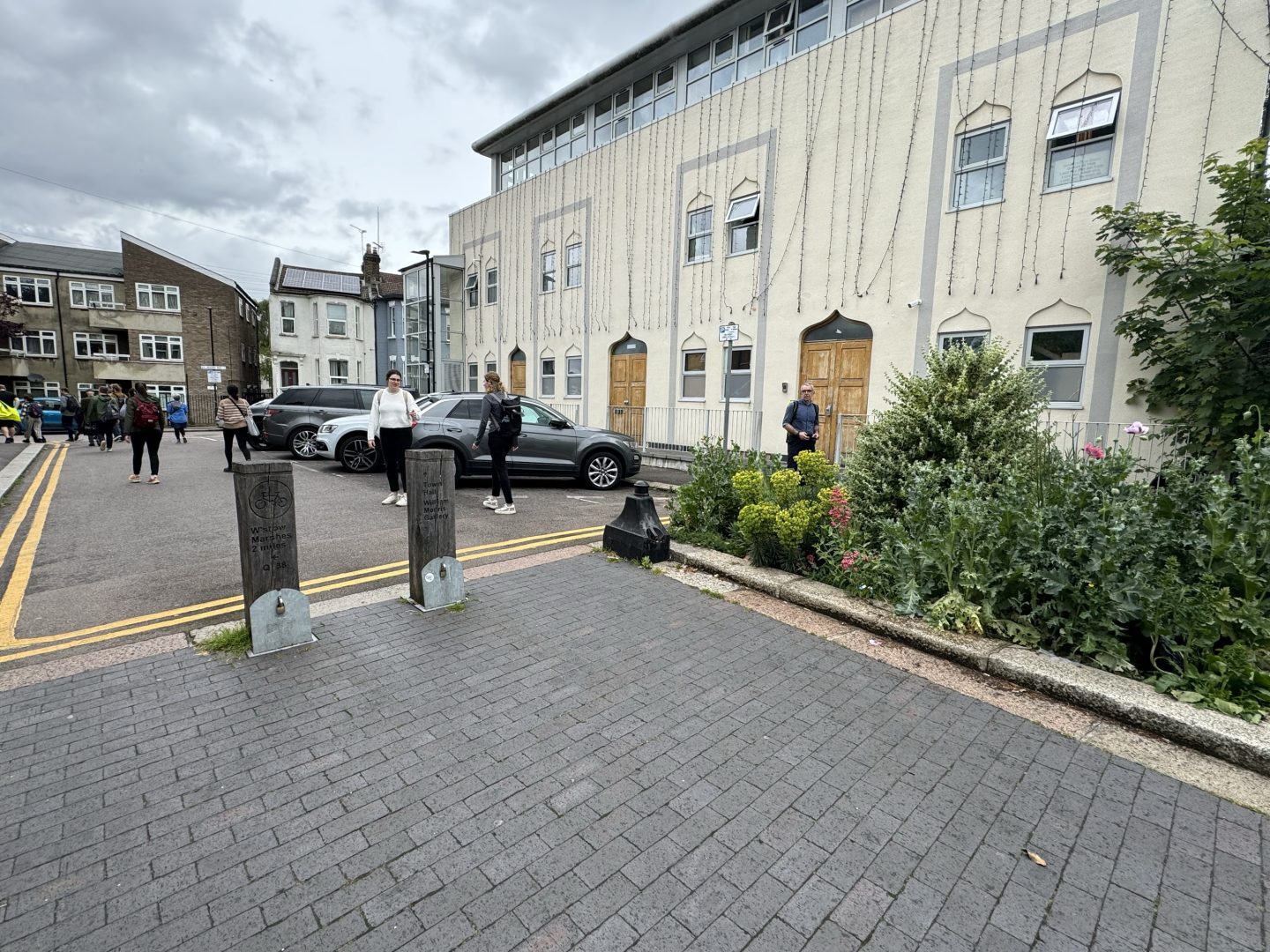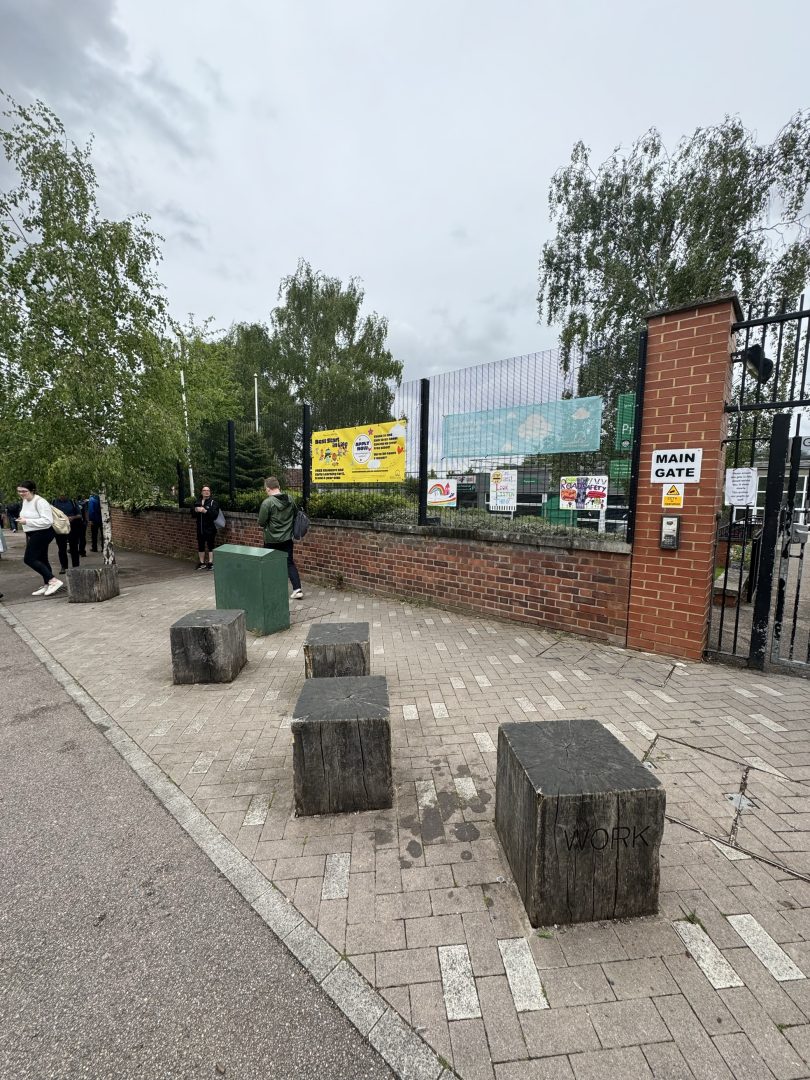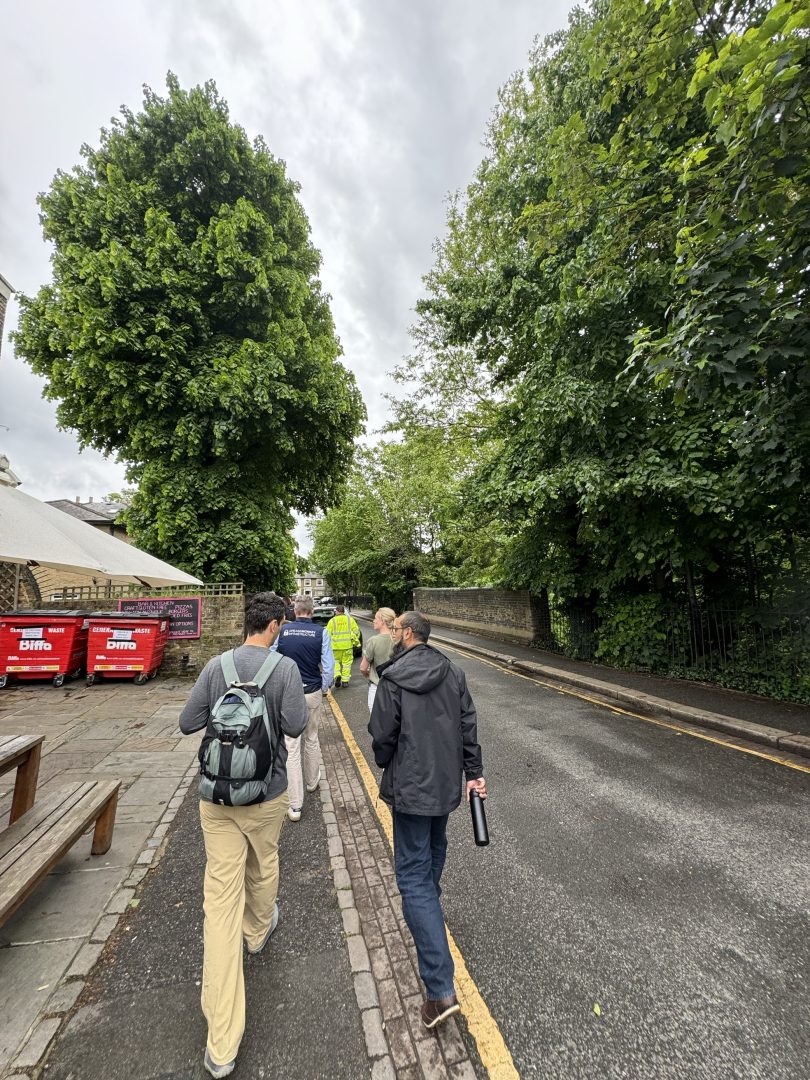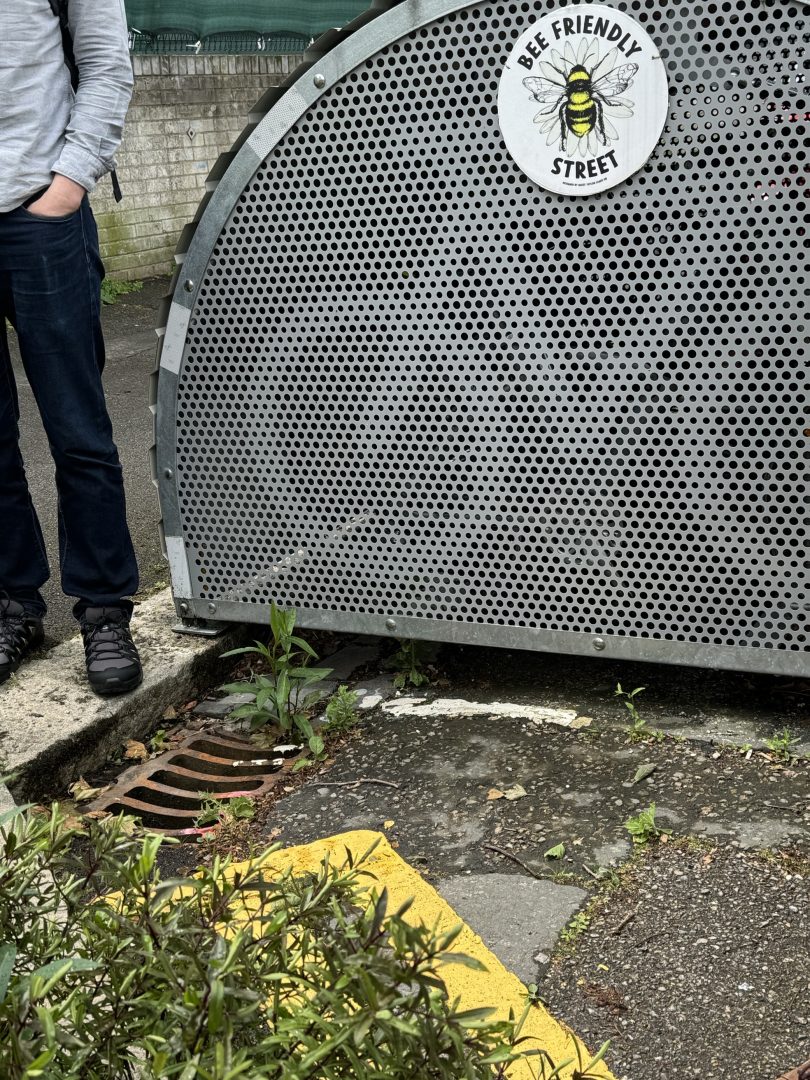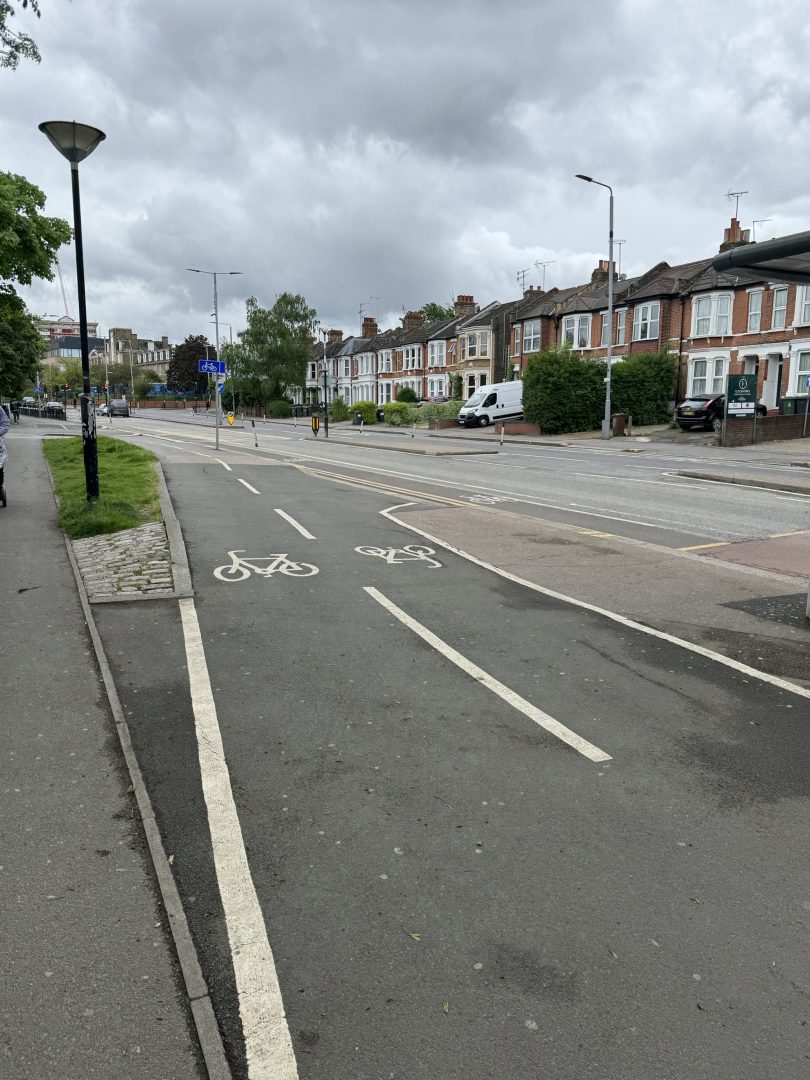Background
Project Centre worked collaboratively with the London Borough of Waltham Forest to deliver the innovative award-winning mini-Holland scheme, which significantly increased sustainable mobility across one of the most car dependent London boroughs.
From extensive community engagement and concept design, through to implementation and complimentary measures, our multidisciplinary team demonstrated their expertise in pioneering sustainable mobility as well as managing one of the most complex active travel projects.
Process and challenges
The project’s smooth running was immediately challenged by a large local action group in Waltham Forest, who protested the car reduction plan. That was a clear indication of the challenges to overcome in terms of public perception.
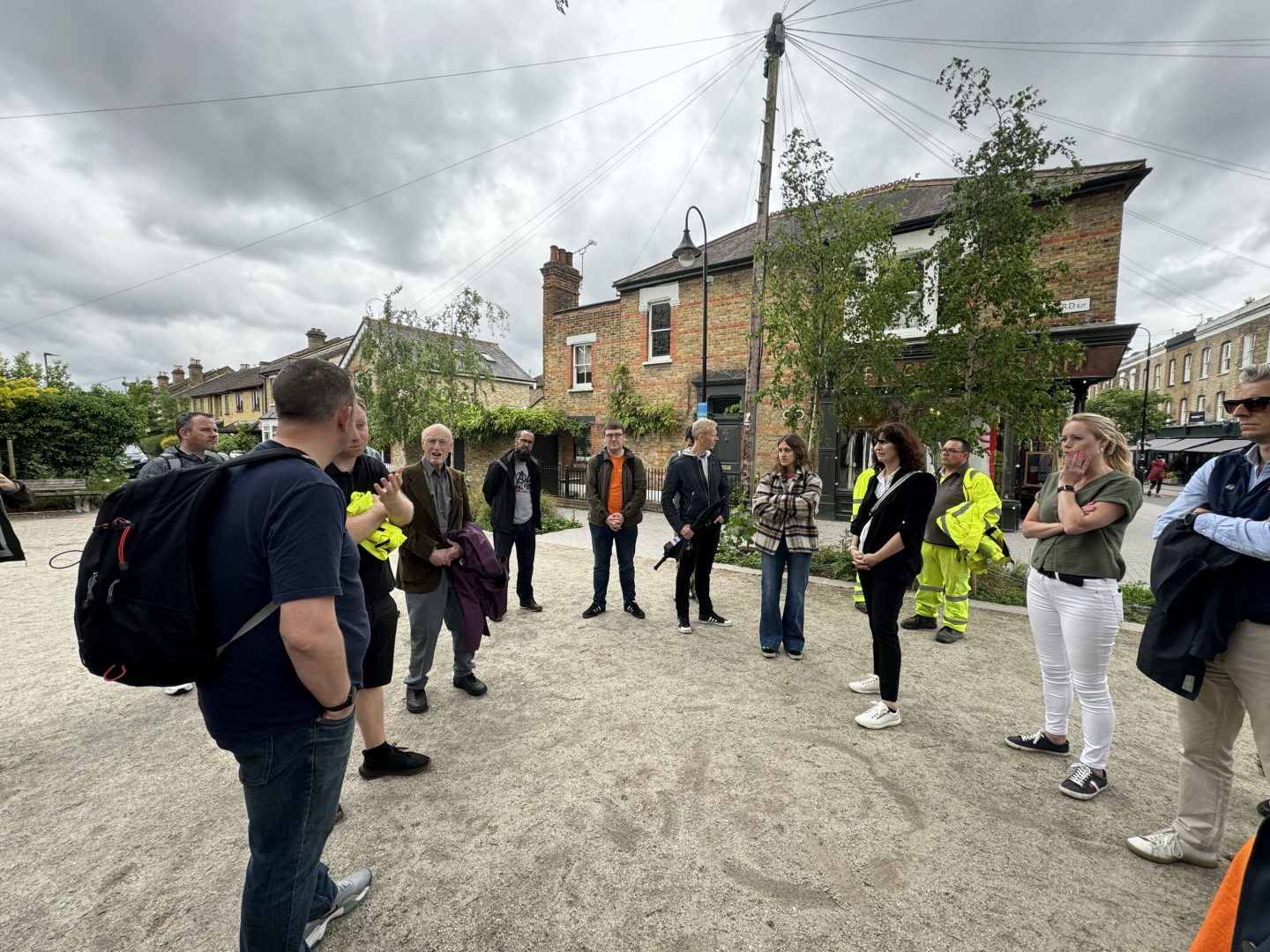
“We had one of our first consultation events opposite this square. We were expecting a turn-up of around 20 people, but a quite large local opposition group showed up instead. I think engaging so early with the community and also with people who were strongly against the measures helped us address their concerns and build a sense of ownership. – Project Centre’s Regional Director, Chris Harrison
To address the community’s concerns, our engagement, design and traffic team worked collaboratively to develop the scheme, including multiple precautious steps in the process:
- Perception surveys – we issued inclusive and diversified consultation maps. This allowed the whole community to identify current problems and areas of improvement
- Initial design – we delivered this by matching the community’s needs and concerns with the sustainable objectives of the program
- Community engagement – we engaged with residents, partners and stakeholders, to host community workshops. At these, we presented results of the previous feedback stages
- Formal design – we redistributed junctions and road space effectively. Through carrying out all VISSIM, LinSig and Transyt modelling on the designed routes
Modelling traffic
After the initial consultation and before the detailed design phase, Project Centre’s team provided traffic modelling visualisations, helping clients and the community to understand the impact of proposed measures on general traffic. The modelling also allowed us to propose suitable mitigation measures.
Our expert team used two VISSIM models in two sections to simplify the process. The modelling results reassured the clients and residents that the design wouldn’t cause delays to general traffic or public transport. Quite the opposite, the modelling reported a decrease in total journey times of an average of 91 seconds for cars and 63 seconds for buses.

Designing active travel measures
Also the design phase wasn’t free of challenges. To overcome road layouts limitation and reduce the impact on existing infrastructure, we proposed the following measures:
- Segregated, continuous cycle tracks
- Improved road crossings
- Upgraded bus stops
- Redistributed parking and loading
- Road closures with modal filters
- Blended crossings at side roads
- New and Improved public spaces
- Upgraded junctions and traffic signs
Along with reducing traffic, enhancing infrastructure and encouraging residents to cycle and walk across the neighbourhoods, Project Centre and other stakeholders worked collaboratively to improve the existing public spaces. By introducing new planting palettes, seating areas, and other complimentary measures, we contributed to making the urban space safer, more sustainable and attractive for residents and visitors.
The impact of our active travel schemes
Investigations in the early impact of the scheme discovered it increased positive perception of the local environment amongst the community. A quarter of residents said they were more likely to take up walking or cycling. This reflects in the walking and cycling account that Waltham Forrest under take every two years. There is also a decrease in people owning cars in the area.
Following the increase of active travel measures and the lowering of CO2 emissions, the community in Waltham Forest is becoming safer and healthier. King’s College London anticipated that residents will gain around one life year just from the projected increased level of walking and cycling activity in the area.
Testimonials
“I’m so impressed with the Mini-Holland design, it has the potential to score full marks on the junction assessment tool. There is no other route in the UK where this is the case and so this scheme could be a landmark”
Andrew Gilligan, former TFL Cycling Commissioner
“This scheme represents the type of transformational area change that the Mini-Holland Programme was designed to support. In terms of compliance with the LCDS it scores higher than any other major signalised junction in London.”
TfL, April 2015

